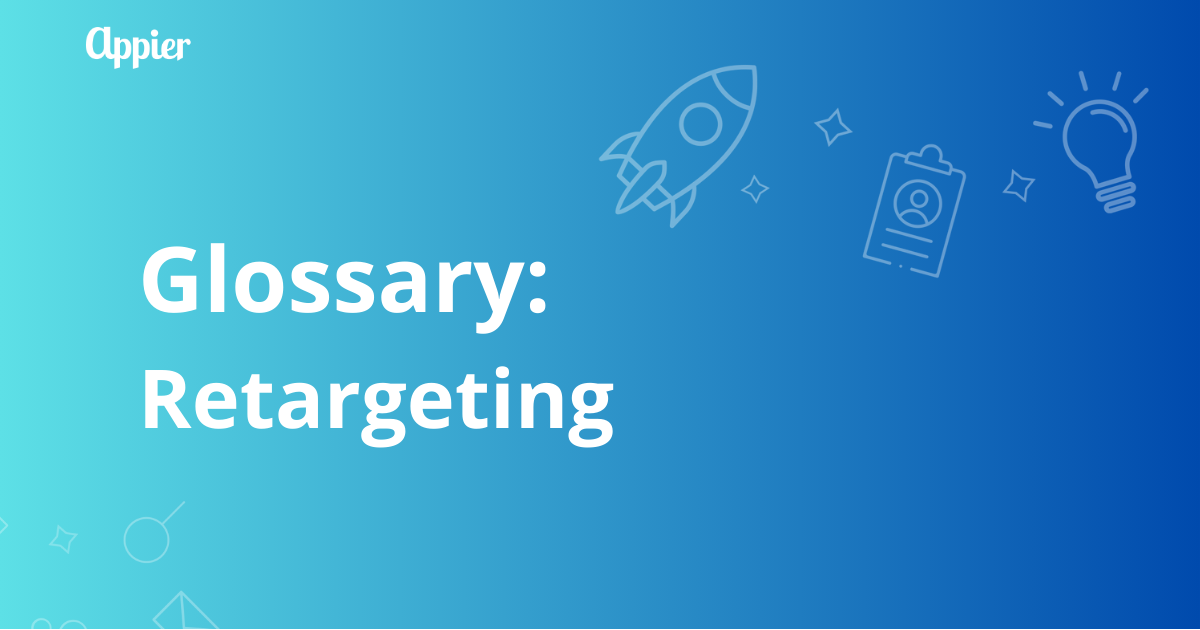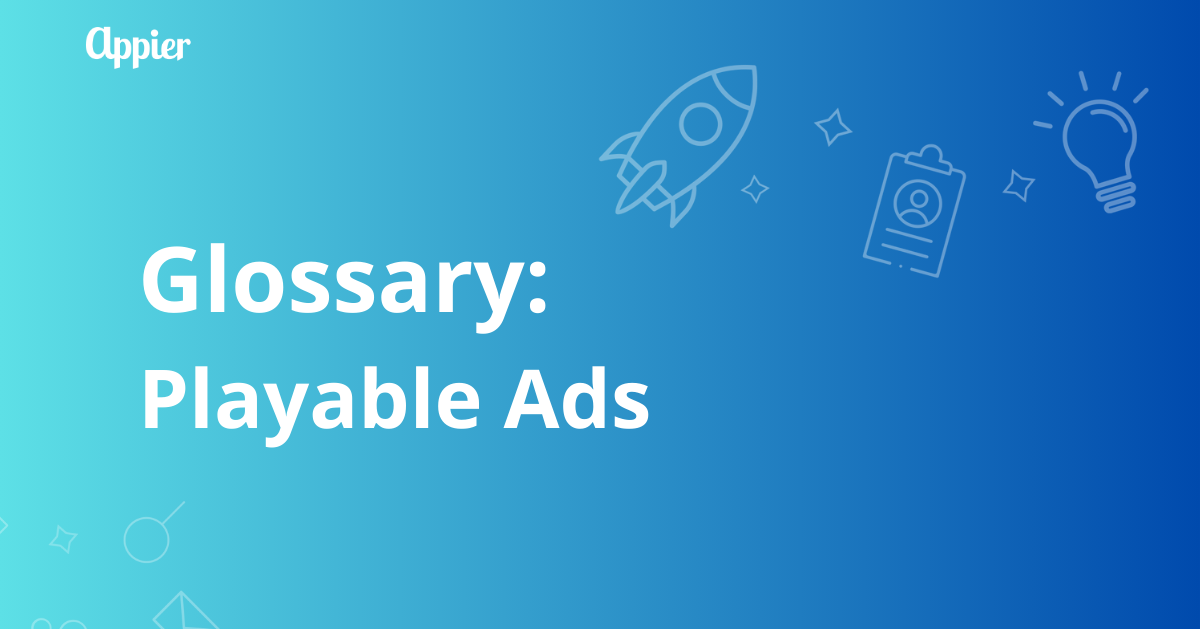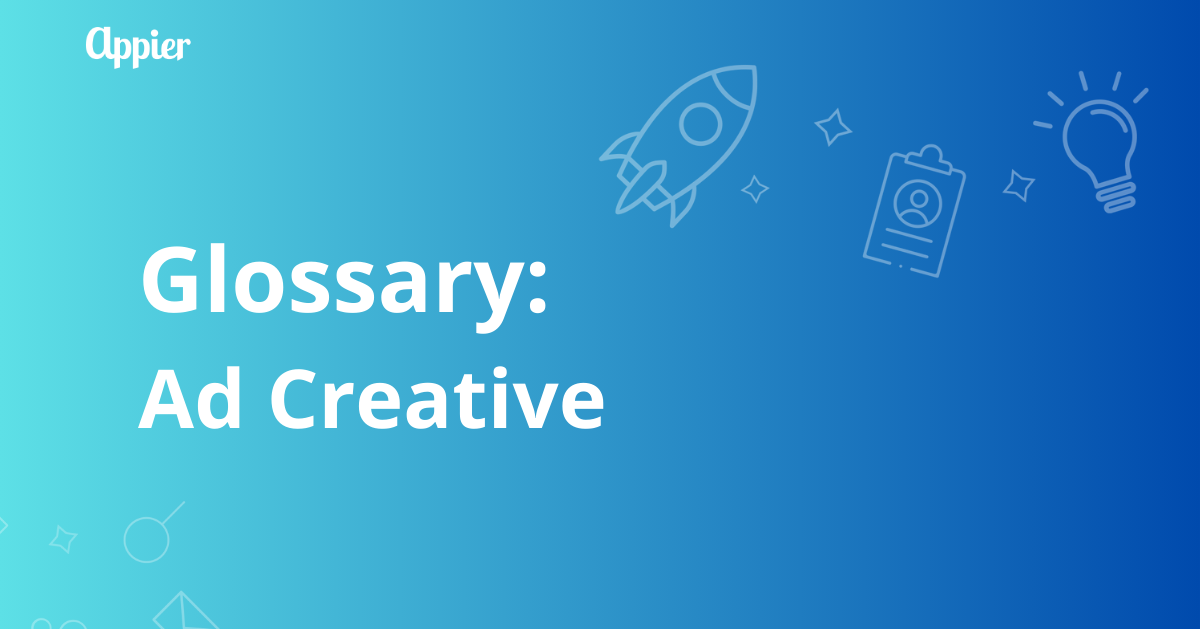4 min read
What is Retargeting?
Retargeting is a digital marketing strategy designed to re-engage users who have previously interacted with your website, social media, or content but didn’t complete a desired action, such as making a purchase or signing up for a service. By using cookies or tracking pixels, retargeting allows marketers to serve personalized ads to these users as they browse other websites or platforms, keeping your brand top of mind and increasing the likelihood of conversions.
For instance, imagine you visit an online store, add a pair of shoes to your cart, but leave without completing the purchase. Later, you might see an ad for those exact shoes while scrolling through social media or reading an article. That’s retargeting in action.
Why Retargeting Matters
Retargeting is essential because it focuses on audiences who have already shown interest in your brand, making it a highly effective tool for boosting conversions and customer lifetime value (CLV). Here are some key benefits:
- Higher Conversion Rates: According to WebFX, retargeted customers are 70% more likely to convert compared to new visitors.
- Improved ROI: Retargeting ads often achieve better click-through rates and return on ad spend (ROAS) compared to standard display ads.
- Enhanced Customer Journey: By delivering personalized messages at different stages of the buying funnel, retargeting helps guide prospects toward completing their purchase.
Types of Retargeting
There are two primary types of retargeting:
- Static Retargeting: Displays the same ad to all users who visited specific pages on your website. For example, showing a general discount offer to all cart abandoners.
- Dynamic Retargeting: Customizes ads based on individual user behavior. For instance, if someone browsed a specific product, they’ll see ads featuring that exact item.
Additionally, advanced strategies like sequential retargeting deliver different messages depending on where users are in their buying journey, ensuring maximum relevance and engagement.
Best Practices for Retargeting Campaigns
To maximize the effectiveness of your retargeting efforts, consider these tips:
- Segment Your Audience: Group users based on their behavior (e.g., cart abandoners vs. product viewers) and tailor your ads accordingly.
- Use Frequency Caps: Avoid overwhelming users by limiting how often they see your ads within a given time frame.
- Keep Ads Fresh: Rotate creatives regularly to prevent ad fatigue and maintain user interest.
- Incorporate Clear CTAs: Ensure each ad includes a clear call-to-action that aligns with the user’s stage in the sales funnel (e.g., “Buy Now” or “Learn More”).
The Role of Incrementality in Retargeting
One critical aspect of retargeting is understanding its true impact through incrementality testing. Incrementality measures whether your campaign drives additional conversions that wouldn’t have occurred naturally without the ads.
Why Incrementality Matters
Without incrementality testing, it’s easy to overestimate the effectiveness of your retargeting campaigns. For example, some users might have returned to your site organically without seeing your ads. Incrementality testing isolates this effect, helping you determine whether your campaign is genuinely driving new revenue or simply capturing existing demand.
How to Measure Incrementality
Common methodologies include:
- Control Groups: Compare outcomes between users exposed to ads and those who aren’t.
- Ghost Ads: Serve real ads to one group and “dummy” ads (e.g., public service announcements) to another for an apples-to-apples comparison.
By focusing on incrementality, you can optimize your budget and ensure you’re investing in campaigns that generate real growth.
Common Pitfalls in Retargeting
While retargeting is powerful, it’s not without challenges. Here are some common mistakes to avoid:
- Over-Retargeting: Bombarding users with too many ads can lead to annoyance and negative brand perception.
- Poor Segmentation: Failing to tailor ads based on user behavior results in wasted ad spend and lower engagement.
- Ignoring Attribution Models: Relying solely on last-click attribution can undervalue earlier touchpoints in the buyer’s journey.
Conclusion
Retargeting is a cornerstone of modern digital marketing, offering unparalleled opportunities to re-engage potential customers and boost conversions. By combining best practices like audience segmentation and creative rotation with advanced techniques like incrementality testing, businesses can unlock the full potential of their campaigns while optimizing ROI.
Whether you’re running an e-commerce store or offering professional services, retargeting ensures that no lead slips through the cracks—turning casual browsers into loyal customers.
Appier: Revolutionizing Full-Funnel Marketing with AI-Powered Solutions
In the fast-paced world of digital marketing, Appier gives you the competitive edge. Our AI-powered platforms analyze vast amounts of data in real-time, providing actionable insights that drive smarter decision-making. From automated ad targeting to personalized content delivery, we optimize every aspect of your marketing strategy.
As of 2024, Appier serves more than 1,700 customers globally, spanning various industries from finance to retail. The company's impressive client roster includes renowned gaming brands such as NEXON, SuperPlanet, Murka Games, TapNation, Gameduo.



